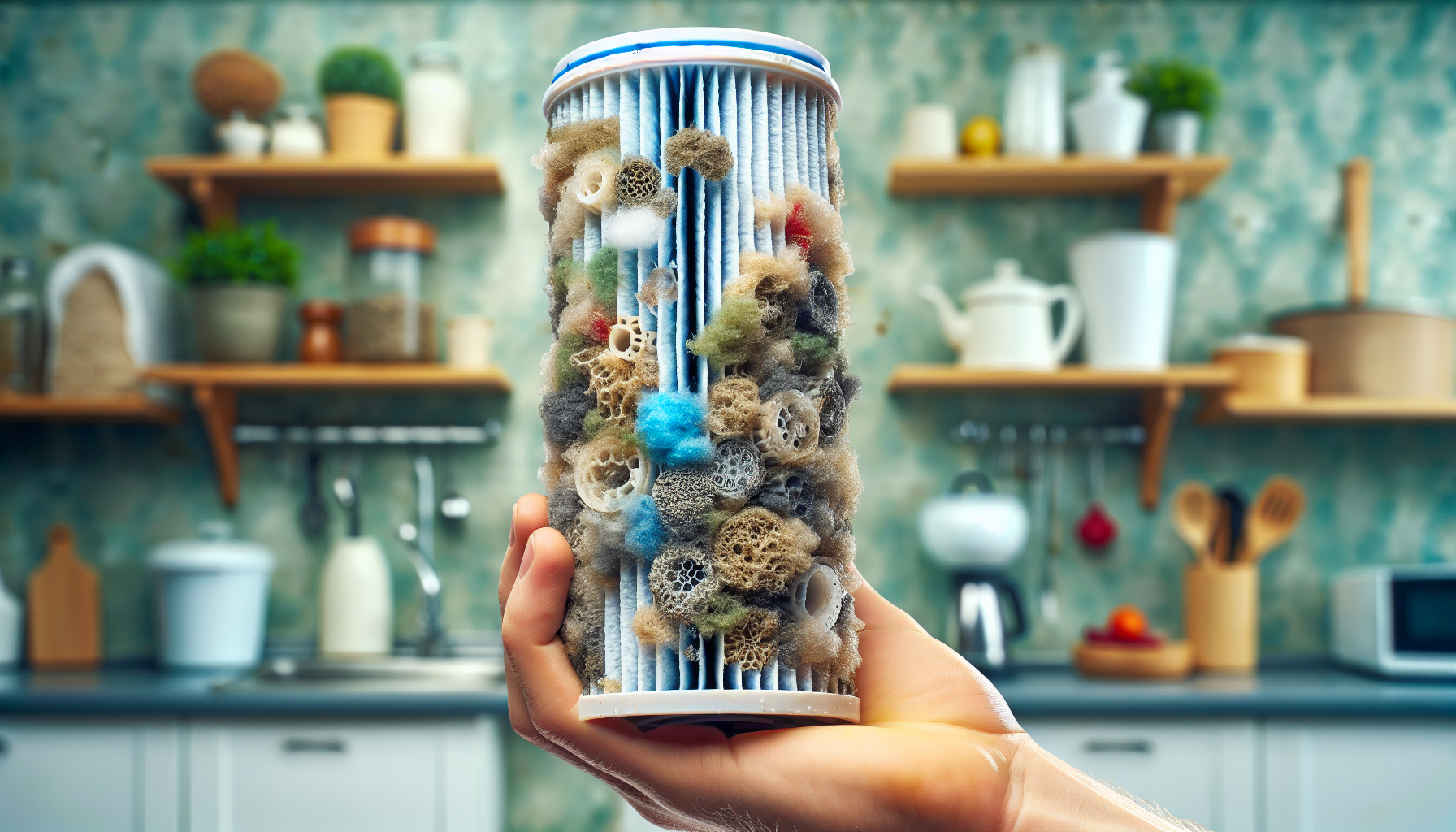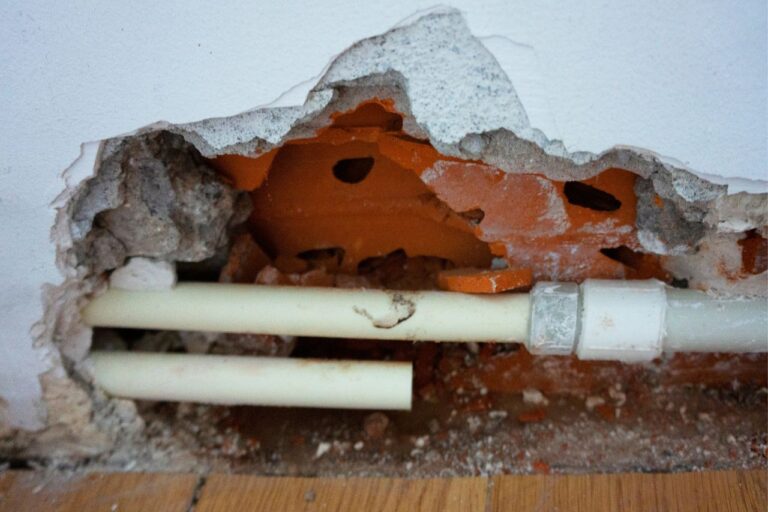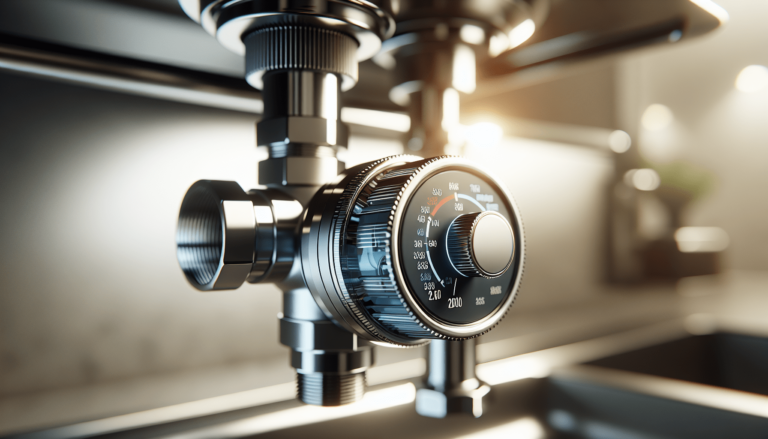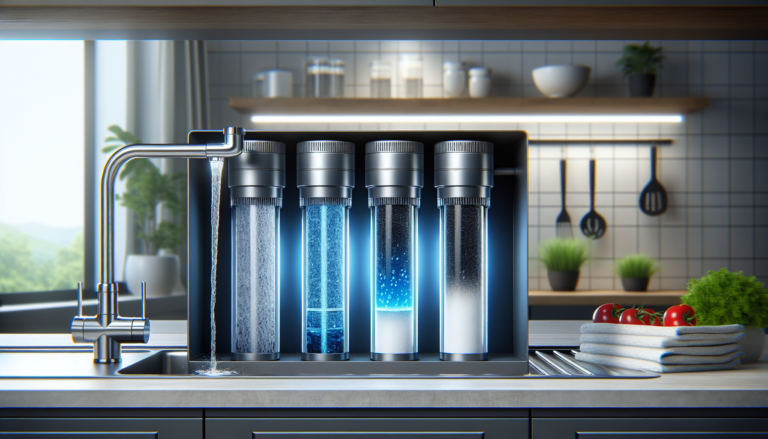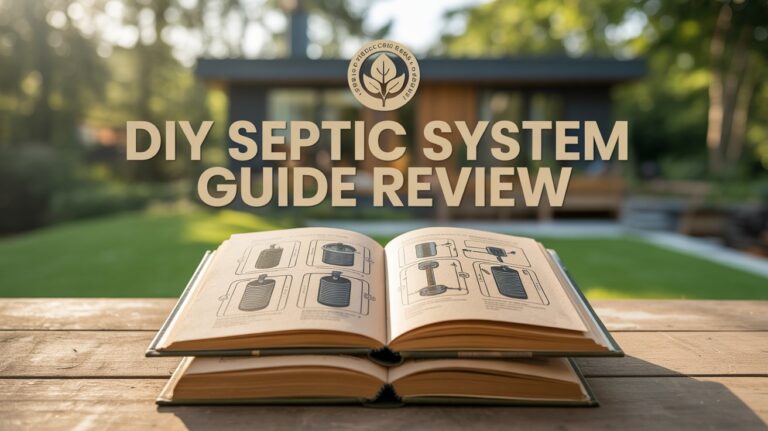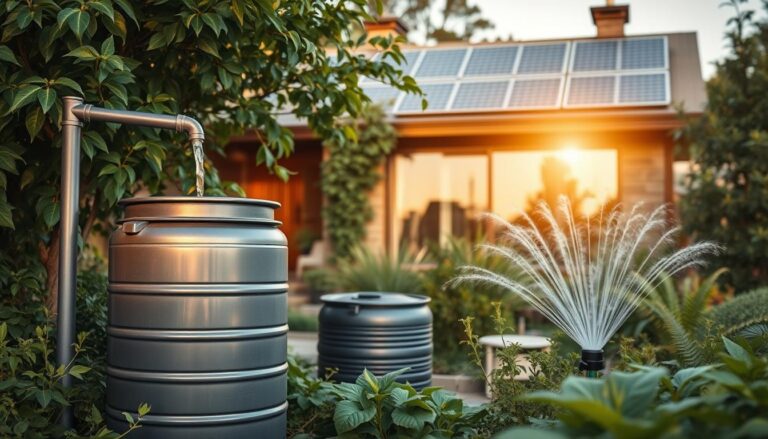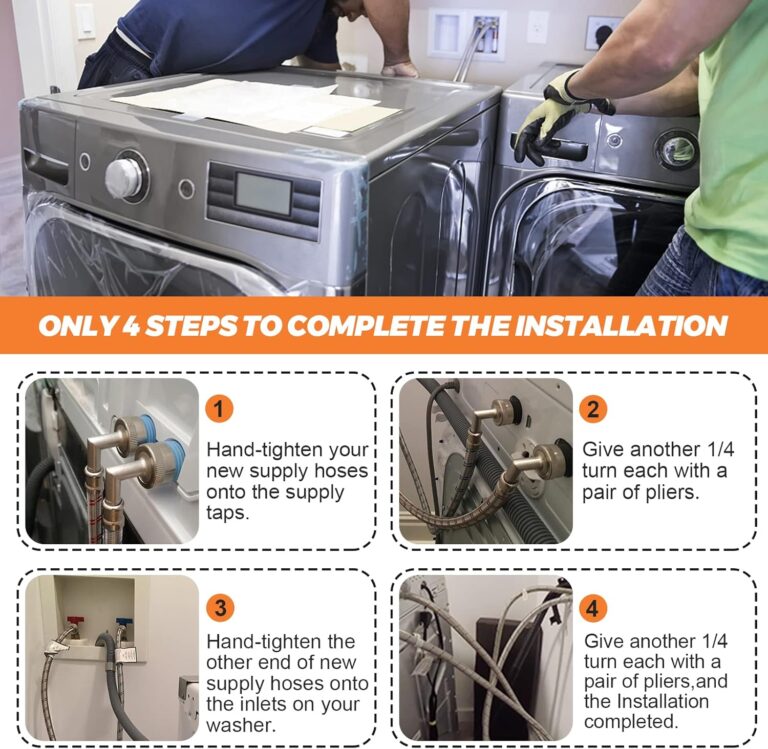Troubleshoot Strategies for Clogged Home Water Filters
Have you ever gone to get a glass of water and noticed the water flow is slower than a turtle? It might be because your home water filter is clogged! Clogged filters can be a tricky problem, but with a little bit of help, you can fix it and have fresh, clean water again. This guide will walk you through understanding why your water filter might clog and how you can fix it.
What is a Water Filter and Why Does it Get Clogged?
Water filters help clean the water by catching dirt, sand, and even tiny bugs that you can’t see. This way, you can drink or bathe in water without any yucky stuff in it. But just like a kitchen strainer gets clogged with spaghetti, a water filter can fill up with dirt over time.
How Do Water Filters Get Dirty?
When water flows through the filter, it carries tiny pieces of dirt and germs. The filter is like a trap that catches all these things to make sure the water that comes out is clean. Sometimes, too much dirt gets stuck, and the water can’t get through easily. That’s when you know the filter is clogged!
Recognizing the Problem: Signs Your Water Filter is Clogged
If you’ve ever tried to suck thick milkshake through a straw, you know how hard it can be. A clogged filter makes it just as difficult for water to pass through. Here are some signs your filter might be clogged:
- Slow Water Flow: If the water is taking its sweet time coming out, it might be time to check the filter.
- Bad Tasting Water: The filter can’t do its job when it’s full of gunk, and the water might taste funny.
- Strange Colors or Smells in Water: If the water has a color other than clear or it smells weird, the filter might be too dirty.
- Filter Looks Dirty or Slimy: Sometimes, just looking at the filter can tell you if it needs cleaning.

How to Fix a Clogged Water Filter
Fixing a clogged filter is like giving it a bath. Once it’s clean, it’ll work properly again. Here’s how you can troubleshoot and clean it.
Step 1: Turn Off the Water Supply
Before you start cleaning, make sure to turn off the water. This way, you won’t make a big mess. Most water filters have a valve or a switch you can turn to stop the water.
Step 2: Remove the Filter
Your next mission is to take out the dirty filter. Be gentle, just like pulling your favorite toy from a pile of toys. If your filter is reusable, you can clean it. If it’s not, you might need a new one.
Step 3: Clean or Replace the Filter
If your filter is reusable, you can clean it by rinsing it under a tap. Some filters can be scrubbed with a soft brush. Make sure all the dirt is gone. If your filter is non-reusable, it’s time to replace it.
Tip: Use a table like this to know if your filter can be cleaned or if it should be replaced.
| Filter Type | Reusable? | How to Clean |
|---|---|---|
| Carbon Filter | No | Replace with a new filter |
| Sediment Filter | Yes | Rinse with water, scrub softly if needed |
| Reverse Osmosis | No | Replace with a new filter |
| Ceramic Filter | Yes | Scrub gently under running water |
Step 4: Reassemble and Test
After cleaning or putting in a new filter, put everything back together. Turn the water supply back on and test if the water flows better. If it’s all good, then you’ve fixed the problem!
Preventing Future Clogs
Just like brushing your teeth to keep them clean, you can do things to help your water filter stay clear longer.
Regular Check-ups
Set a reminder to check your filter regularly. Some people check theirs every month. See what works best for you and your water filter.
Change Filters When Needed
Even if the filter doesn’t seem too dirty, it’s smart to change it based on the manufacturer’s instructions. Sometimes replacing it every few months is what it takes to keep everything working well.
Clean Surrounding Areas
Make sure to clean the area around your filter. Keep it free of dust and other stuff that might cause problems.

Common Mistakes to Avoid
Everybody makes mistakes, but it’s good to know how to avoid them so you can do better next time.
Ignoring the Problem
If you notice any signs of clogging, don’t wait too long to fix it. The longer you wait, the harder it could be to fix.
Using Harsh Chemicals
When cleaning the filter, never use harsh chemicals. These can hurt the filter and even leave unsafe residues.
Forgetting to Turn Off Water
Always remember to turn off the water before you start. Otherwise, you’ll end up with a splashy mess!
Troubleshooting: What If the Problem Remains?
Sometimes, even after cleaning, the problem might not go away. Here are some other things you can check:
Check Water Pressure
If the water pressure is low, it might cause problems for the filter. You might need to adjust or fix it.
Inspect for Leaks
Leaks can interfere with the system too. Check all connections to make sure nothing is dripping.
Contact a Professional
If all else fails, calling a plumber can sometimes be the safest option. They know a lot about water systems and can help pinpoint issues.
Understanding Different Types of Filters
It’s helpful to understand what type of filter you use at home. This will make troubleshooting easier.
Carbon Filters
These are common in homes and are really good at removing yucky tastes and smells. Unfortunately, they’re not reusable, so you need to replace them.
Sediment Filters
Used to trap dirt and sand, these are great for homes in dusty areas. Good news, they can be cleaned and reused!
Reverse Osmosis Filters
These are superheroes of clean water and remove many different impurities. However, they’re not reusable.
Ceramic Filters
These small heroes trap germs and dirt and are reusable. Just make sure to clean them carefully!
The Importance of Clean Water
Clean water is essential for drinking, cooking, and bathing. Remember the times you wash your hands or play in the sprinkler? It’s important that water is safe and free of dirt and germs.
Conclusion: Becoming a Water Filter Troubleshooting Expert
Now you know what steps to take to troubleshoot a clogged home water filter. It’s a great skill that helps you and your family drink clean, fresh water. Remember to check your filter regularly, clean it gently, and replace it when needed. Next time the water slows down or tastes weird, you’ll know just what to do. You’re practically a water filter detective now!
By following these steps and understanding how your filter works, you’ll make sure nothing stands between you and a refreshing drink of water!

